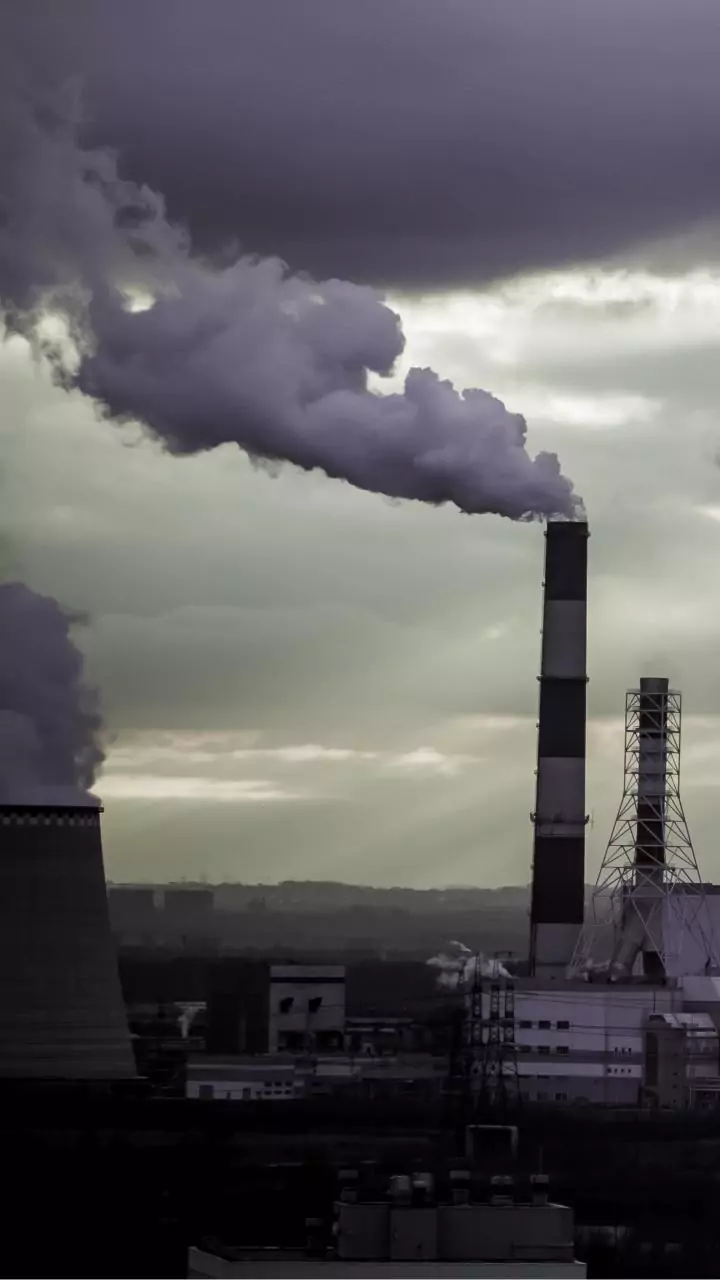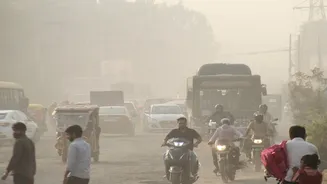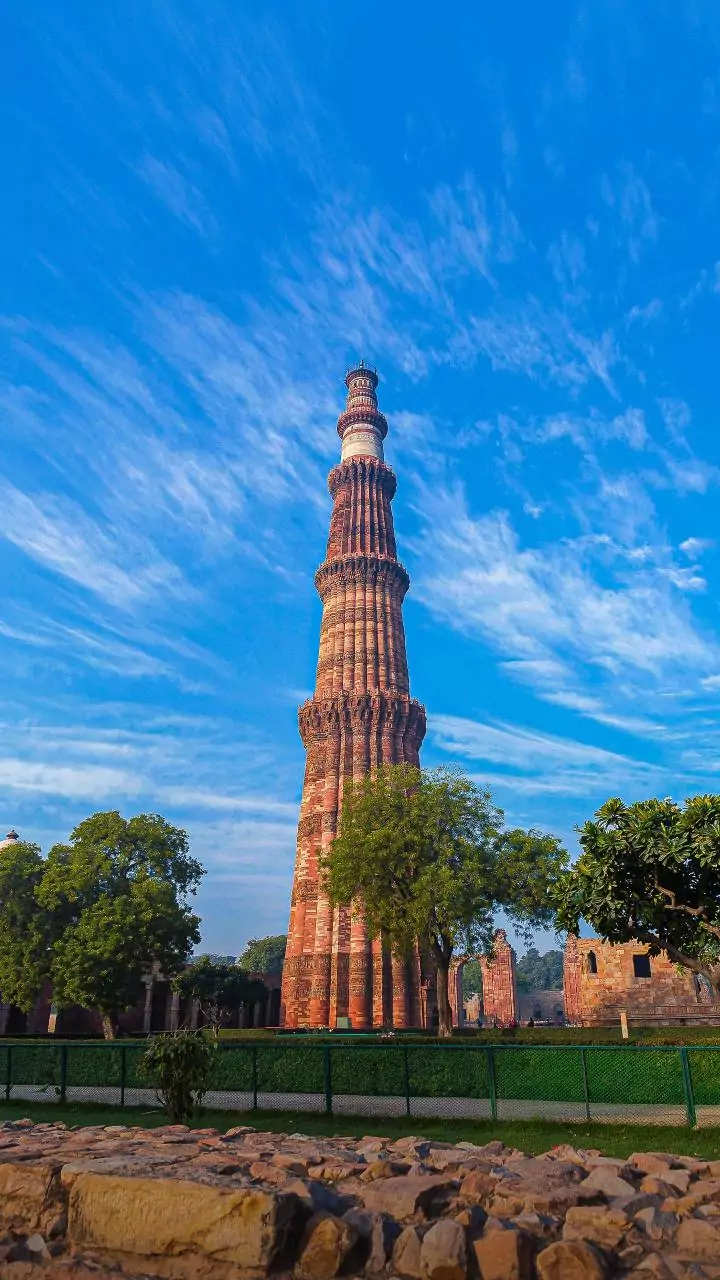What is the story about?
Delhi woke up to a thick blanket of smog on Thursday morning (October 30), as the air quality index crossed the 400 mark, putting the AQI into the "severe"
category. Several areas across Delhi-NCR recorded an AQI above 400, while some slipped to "very poor". Earlier today, the AQI varied from "severe" to "poor" across Delhi-NCR. Most stations across Delhi showed readings upwards of 350 at 10 am on Thursday. Even the ones that showed below 350 did not fare much better.
Area-wise AQI across Delhi-NCR
- Anand Vihar – 408
- CRRI Mathura Road – 348
- Dwarka Sector 8 – 376
- IGI Airport – 330
- ITO – 379
- Punjabi Bagh – 377
- Pusa – 363
- RK Puram – 382
- Rohini – 396
- Sirifort – 388
- Vivek Vihar – 418
- Najafgarh – 344
- Narela – 380
- North Campus, DU – 366
- Okhla Phase 2 – 370
- Patparganj – 394
- Jahangirpuri – 398
- Jawaharlal Nehru Stadium – 371
- Lodhi Road – 342
- Mundka – 372
Earlier on Wednesday, the AQI was recorded at 279, marking a sharp increase today. These readings have been recorded despite the cloud seeding trials that were conducted on Tuesday.
Here's how AQI is recorded
0 and 50: good
51 to 100: satisfactory
101 to 200: moderate
201 to 300: poor
301 to 400: very poor
401 to 500: severe
Cloud Seeding trials in Delhi
The cloud seeding trial was conducted on Tuesday amid the worsening air pollution in the capital, as the AQI slipped to "severe" post-Diwali. Delhi Chief Minister Rekha Gupta-led government approved the experiment, in a move to bring air pollution down.
The project has brought together several top scientific bodies, including IIT-Kanpur, the Indian Institute of Tropical Meteorology (IITM), Pune, and the India Meteorological Department (IMD). Delhi’s Environment Minister Manjinder Singh Sirsa thanked Chief Minister Gupta and Prime Minister Narendra Modi for facilitating the approvals required to get the project off the ground.
Also Read: Why Delhi's Cloud Seeding Plan Didn’t Work as Expected – Explained
What is Cloud Seeding?
Cloud seeding is a scientific technique used to stimulate rainfall by dispersing substances such as silver iodide and sodium chloride into clouds. These particles act as nuclei, helping moisture in the air condense and form rain droplets.
How was cloud seeding done?
The small aircraft flew over several parts of Delhi, including Burari, Mayur Vihar, and Karol Bagh, dispersing specially designed chemicals into the atmosphere.
The aircraft released eight flares during a half-hour operation, each lasting about two to two-and-a-half minutes. These flares contained compounds including silver iodide and salt, which help water droplets in clouds combine and form rain.
Do you find this article useful?
















